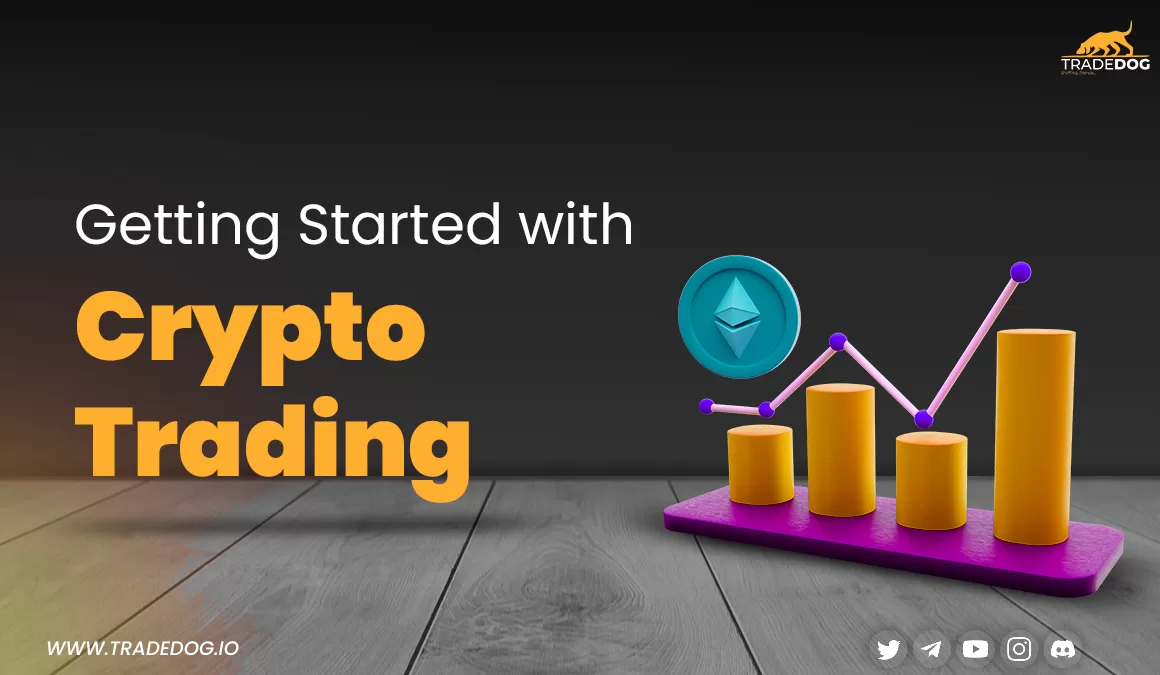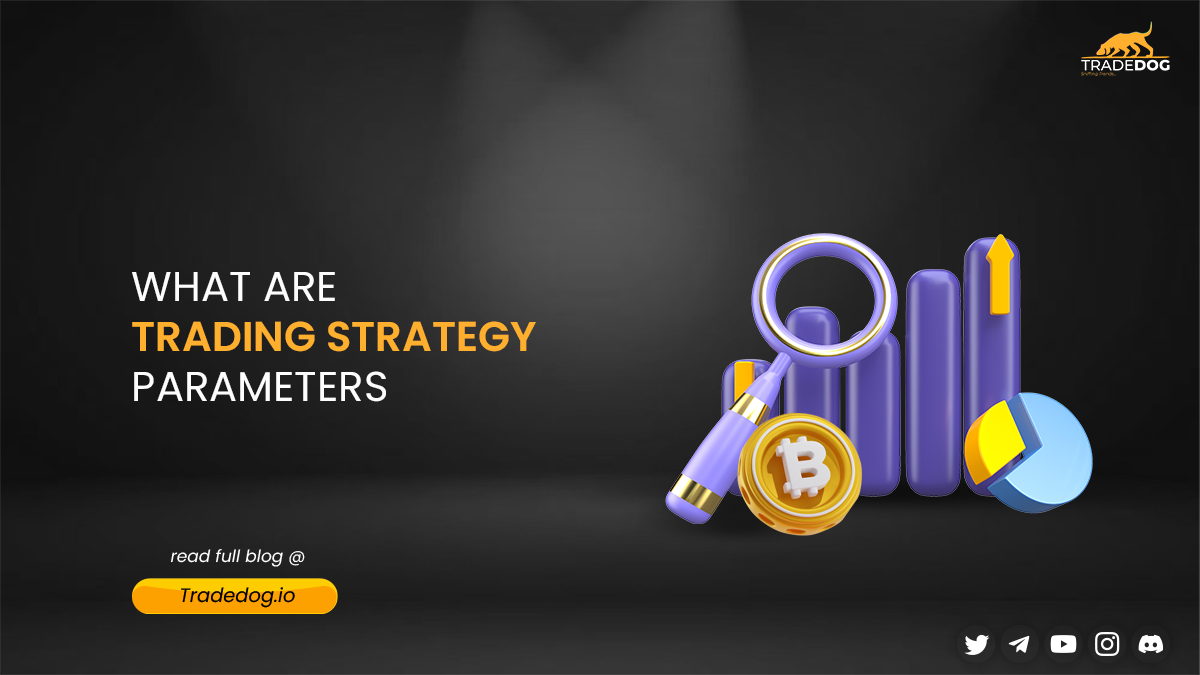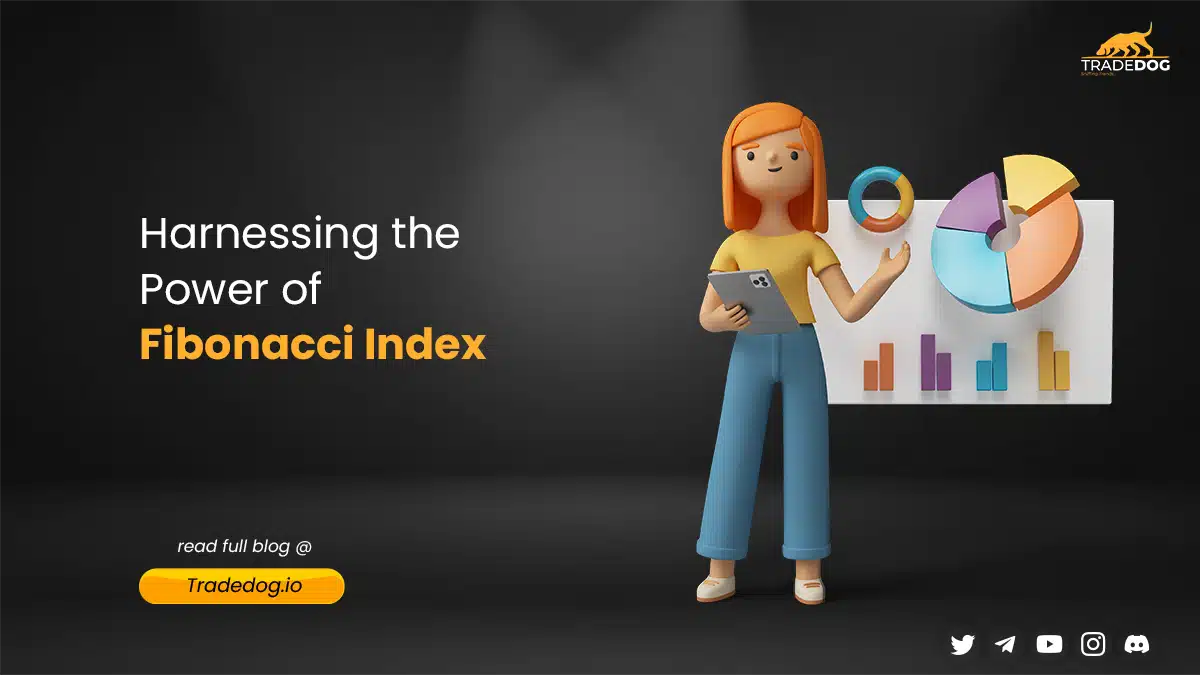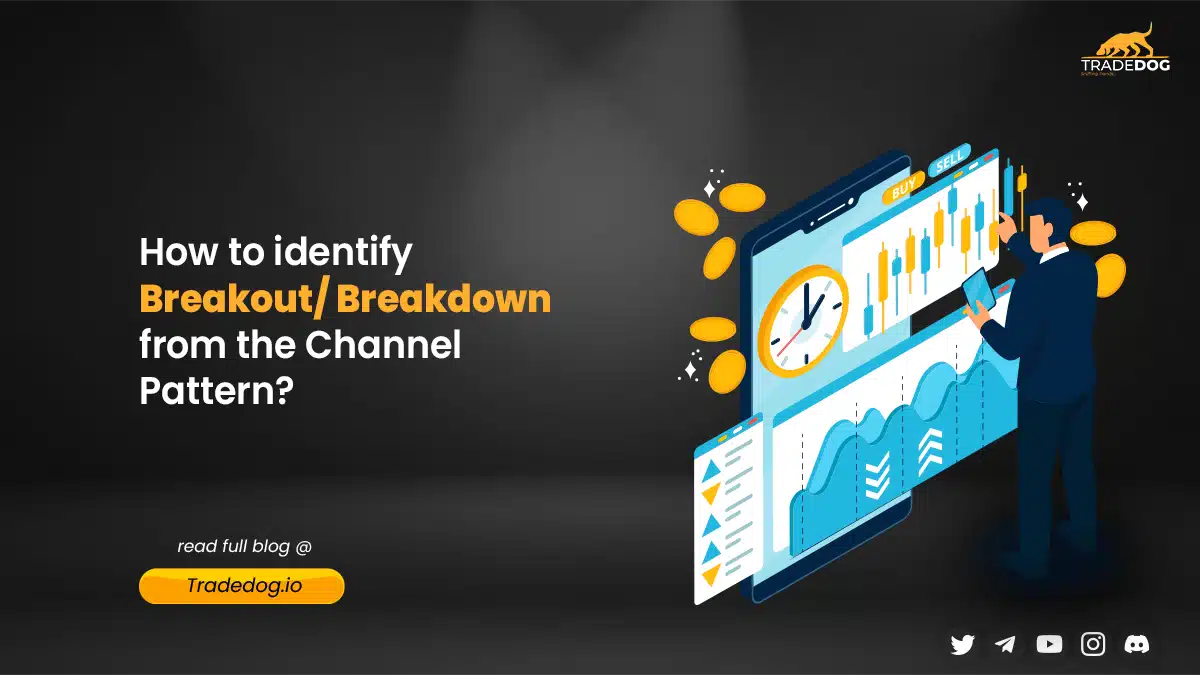Quick Links
- What is Cryptocurrency?
- Getting Started with Crypto Trading
- Setting up a crypto wallet
- Type of crypto wallets
- Choosing a Crypto Exchange
- Making your First Trade
- Risk management in crypto trading
- FAQs
- What is the best cryptocurrency to trade as a beginner?
- How much money do I need to start trading crypto?
- Is it safe to invest in cryptocurrencies?
- How do I keep my crypto assets safe from hackers?
- How can I reduce my risk when trading cryptocurrencies?
- What is the difference between a market order and a limit order?
- Conclusion
What is Cryptocurrency?
Cryptocurrency is a thrilling new concept that’s taking the world by storm! It’s a form of revolutionary digital or virtual currency that secures itself through the use of encryption. Unlike traditional currency, cryptocurrencies are not backed by any government or financial institution, making them decentralized and easy to use globally. Bitcoin, Ethereum, and Litecoin are popular examples of cryptocurrencies.
Getting Started with Crypto Trading
Crypto trading seems to be a very profitable and exciting endeavour, but it is really important to understand the fundamentals before diving in. First, you must create a crypto wallet, choose a reliable crypto exchange, execute your first trade, and use risk management techniques to trade successfully in the markets. It is critical to DYOR before stepping your foot into the mud of crypto.
Setting up a crypto wallet
You need to set up a crypto wallet to start your first crypto trade. A crypto wallet is a software program that stores public and private keys and allows you to send and receive cryptocurrencies. There are different types of cryptocurrency wallets, such as hot wallets, cold wallets, desktop wallets, mobile wallets and hardware wallets. Each type of wallet has its own strengths and weaknesses, and it’s essential to understand the differences before choosing the one that fits your needs.
Type of crypto wallets
Based on access and storage
A hot wallet needs to be connected to the internet. It is simple to use and access. These wallets are ideal for traders who want access to crypto in the flick of a finger. Yet, because it is susceptible to internet threats, it is less secure than a cold wallet.
On the other hand, a cold wallet is a cryptocurrency wallet that cannot be connected to the internet. These wallets are considered the most secure and are not vulnerable to online attacks. They are ideal for storing crypto with a long-term perspective.
Based on device compatibility
A desktop wallet is a cryptocurrency wallet that is installed on your computer. These wallets allow offline access and are easy to use, providing a good balance of security and convenience.
A mobile wallet is a cryptocurrency wallet that can be installed on your smartphone. These wallets are convenient for on-the-go transactions but less secure than other types of wallets.
A hardware wallet is a physical device that stores cryptocurrencies offline. These wallets are considered the most secure as they are not vulnerable to online attacks. However, they are not very convenient for frequent transactions.
Choosing a Crypto Exchange
After setting up your crypto wallet, choose your crypto exchange. A crypto exchange is a platform where you can buy, sell, and trade cryptocurrencies. Before taking your first trade, several factors need to be considered, like exchange reputation, security measures, fees, and supported cryptocurrencies. Some of the most popular cryptocurrency exchanges are Binance and Coinbase, to name a few.
Making your First Trade
Crypto trading for the first time can be an exciting experience. The process of trading involves buying and selling cryptocurrencies. Understanding the various order types, including market orders, limit orders, and stop loss orders, is crucial for successful trading. These orders allow traders to execute trades with precision and control, ensuring they achieve their desired outcomes.
Risk management in crypto trading
Risk management is really important while executing a crypto trade. You can minimise risk and protect your investment in this highly volatile market by implementing risk management techniques such as diversification, position sizing, and stop loss orders.
Cryptocurrency trading is a highly volatile market. Therefore, developing a solid risk management strategy to protect your investment is crucial. Diversification is one such technique that helps diversify your investments across different cryptocurrencies, thereby reducing the impact of price fluctuations on any single asset.
Position sizing is another risk management technique determining the appropriate amount of capital allocated to a trade. This technique helps avoid overexposure to any single asset and limits potential losses. Stop-loss orders are also an important risk management tool in cryptocurrency trading. These orders are automatically sold when the asset reaches a predetermined price, limiting losses and protecting your investment.
FAQs
What is the best cryptocurrency to trade as a beginner?
There is no “best” cryptocurrency for a beginner to trade. It totally depends on the trading psychology and expected risk to return on a trade. When picking which cryptocurrency to trade, it’s critical to research and comprehends its fundamentals and trade performance.
How much money do I need to start trading crypto?
There is no minimum amount required to begin trading cryptocurrency. Depending on the crypto exchange’s minimum deposit requirements, you can begin with as little as $10 or less.
Is it safe to invest in cryptocurrencies?
Investing in cryptocurrencies is risky as the crypto market is volatile, and the value of digital assets can fluctuate quickly. But it is essential to have a proper risk management mechanism and a long-term investment strategy before you take your first crypto trade.
How do I keep my crypto assets safe from hackers?
You should use a secure crypto wallet, enable two-factor authentication, use a strong password, and avoid sharing your private keys or seed phrase with anybody to keep your crypto assets safe from hackers. Also, it’s critical to maintain your software and hardware updated with the most recent security patches and to refrain from accessing your cryptocurrency wallet over open Wi-Fi networks.
How can I reduce my risk when trading cryptocurrencies?
You can limit your risk when trading cryptocurrencies by diversifying your portfolio, employing risk management techniques such as position sizing and stop-loss orders, and avoiding emotional trading decisions.
What is the difference between a market order and a limit order?
A market order means the buyer or seller is ready to transact at the current market price, whereas a limit order instructs the buyer or seller to buy or sell crypto at a specific pre-determined price. Limit orders give you more control over the execution of your order, but they may not be executed if the market price does not exceed the limit order’s price.
Conclusion
To summarize, trading cryptocurrencies can be exciting as real money is involved. It’s essential to have a firm grasp of the fundamentals before getting started. You can limit your risk and optimize your chance for success by creating a safe crypto wallet, selecting a trustworthy crypto exchange, using risk management measures, and staying current on market movements. Always undertake extensive research, invest sensibly, and prioritize the protection of your crypto holdings. Devote the time first to learn and then earn.













